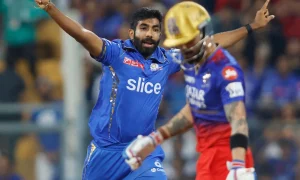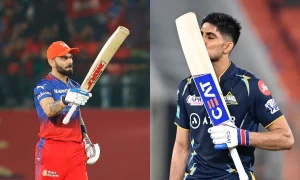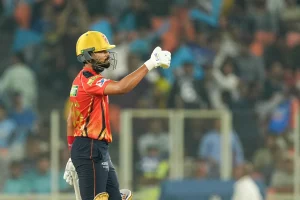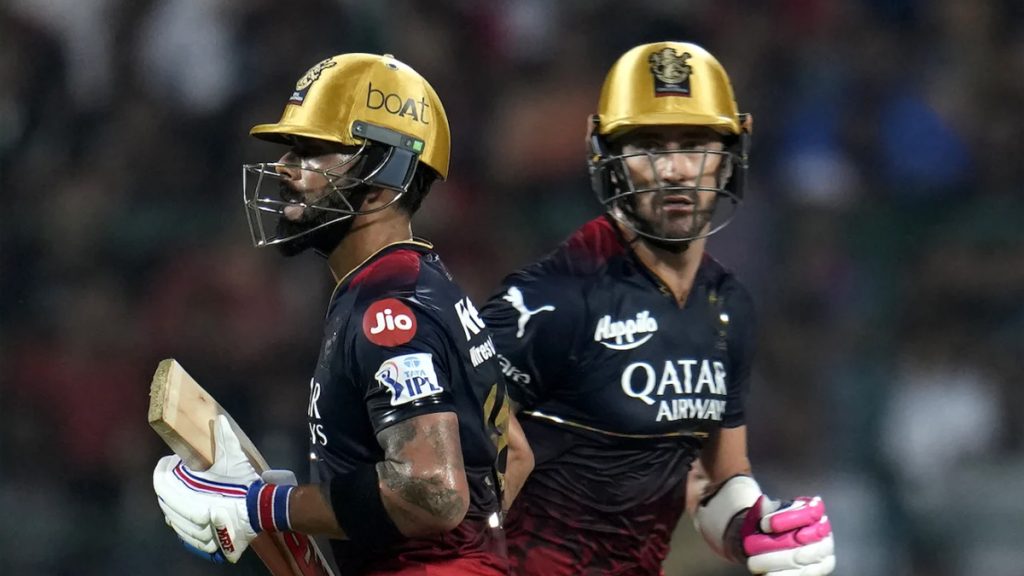Another season has passed, but RCB’s quest of winning the long awaited IPL trophy remains an unfulfilled dream.
This time, the fantasy was dashed by Shubman Gill’s stunning century in their last league match against the Gujarat Titans. They were still in contention for the playoffs until their final league game, but they collapsed dramatically.
Throughout the season, the management employed numerous dubious ideas and practises that raised concerns of both cricket analysts and fans.
One recurring issue that plagued them again this season was their middle order. RCB has always been a top heavy team, with a few standout batters doing the most of the hard work.
We will look at five seasons where the RCB’s middle order held them back and they failed to qualify for the playoffs.
5. 2017
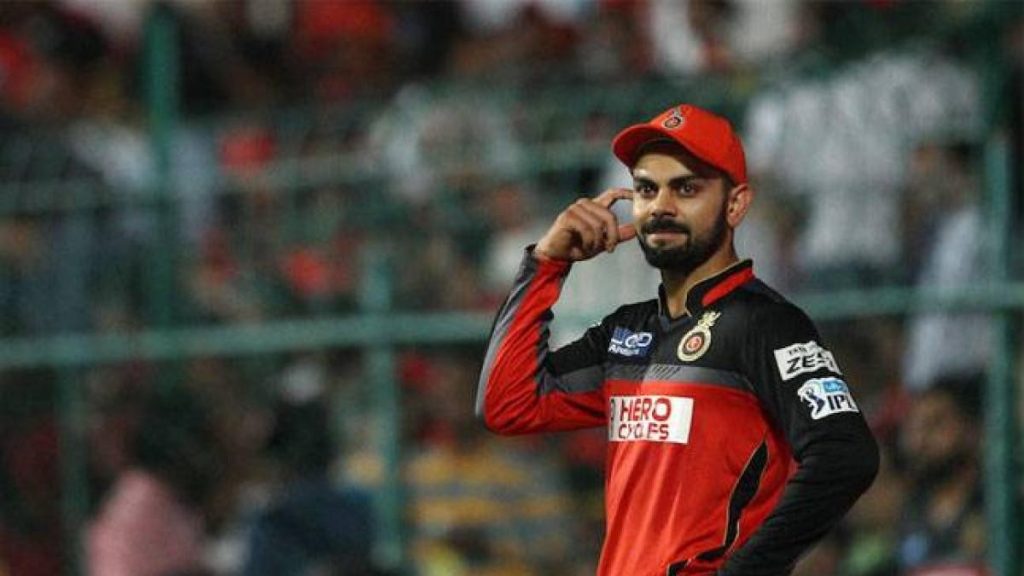
With Virat Kohli, Chris Gayle, and AB de Villiers, RCB were once again unduly reliant on them to produce the majority of the runs.
Chinnaswamy pitch was re-laid that season, which aided spinners to a considerable extent. The trio was struggling to adjust because they were accustomed to the old pitch’s pace and bounce, where the ball came on to the bat wonderfully.
With their intended No. 4 KL Rahul sidelined, they were left with a shaky middle order of Kedar Jadhav, Pawan Negi, Stuart Binny, and Mandeep Singh. In the whole season, their aggregate average was 20.00, with a strike rate of only 114.71. They won only 3 matches in 2017, thus failed to qualify.
4. 2014
When RCB paid a high price for Yuvraj Singh in the mega auction, it appeared that their long term middle order issue would be resolved. However, the franchise chose to put Yuvraj in the bottom middle order, limiting his all round ability.
To accommodate a rookie Sachin Rana, RCB pulled every batter out of their places by one or two spaces, severely disrupting the entry point of their power hitters.
Their middle order struggled to get going, and they finished the season with an SR of 129, averaging 22.76, and winning only five matches.
3. 2008
A season in which RCB was widely criticised for playing a team that comprised of players whose major talent was not T20 cricket. They did put together a team full of big names at the time, but neither the team structure nor the responsibilities allotted to players impressed everyone.
Shivnarine Chanderpaul, Jacques Kallis, Virat Kohli, Rahul Dravid, and Mark Boucher are among the notable names in their middle order.
However, an average of 17.59 and a SR of 126.85 did not justify their selection. They finished seventh in the league.
2. 2012
If Daniel Vettori and Vinay Kumar bat at No. 7 practically every game, you can picture the condition of the team’s plans and the degree of their middle-order troubles.
“Your best batsman should face the maximum number of balls in a T20,” goes the old saying, and RCB took it more seriously than others.
They did not prioritise role clarity, with more than two batters frequently playing out of place.
They put Mayank Agarwal at 6 and AB de Villiers at 5, which did not work, except in a few games when individual brilliance pulled them over the finish line. Their middle order averaged only 28.68 runs per game that season, with an SR of 129.07.
1. 2023
When three batsmen from a team are among the top ten run scorers in the competition, you can say that the team did well collectively. However, if those three batsmen bat in the top four account for more than 75% of the team’s runs in the tournament, issues regarding the team’s middle order arise.
The same thing happened to RCB in IPL 2023, when they tried practically all of their domestic players in the middle order, but none of them impressed.
Only one half-century was scored by a player other than the top three batters – Faf du Plessis, Virat Kohli, and Glenn Maxwell – indicating that the middle order never arrived in the competition.
